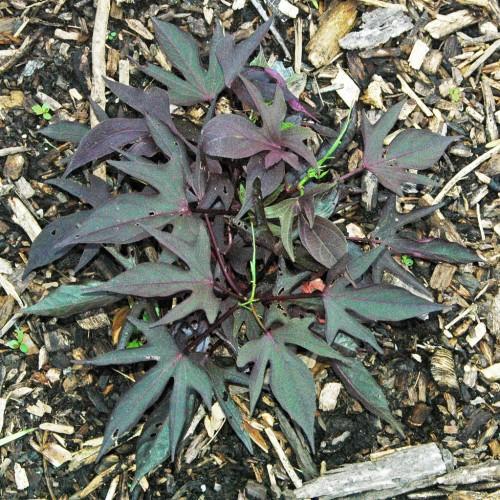
sweet potato vine
Ipomoea batatas cvs.
Cycle:
Herbaceous Perennial
Watering:
Frequent
Hardiness Zone:
6
Flowers:
Flowers In Summer
Sun:
Filtered shade, Full sun
Soil:
Well-drained
Fruits:
Fruits In Autumn Ready In Fall
Leaf:
Yes
Growth Rate:
Moderate
Maintenance:
Low
Drought Tolerant:
Yes
Salt Tolerant:
Yes
Invasive:
Yes
watering
Japanese blood grass (Imperata cylindrica 'Red Baron') should be watered regularly. During the spring and summer months, the soil should be kept evenly moist, but not soggy. Watering approximately once a week should suffice. During the fall and winter months, reduce the watering to about once every 2-3 weeks. Allow the soil to almost dry out, but not completely, between waterings. Make sure to check the soil's moisture level before watering to ensure the plant is not over or under watered.
sunlight
Japanese blood grass needs full sun, or 6 to 8 hours of sunlight, to grow and thrive. This species does not tolerate much shade, so it's best to plant it in an area that is sheltered from shade-causing trees or buildings. Additionally, the best time of day to expose Japanese blood grass to sunlight is during the mid-morning and early afternoon hours, when the sun is at its highest point in the sky.
pruning
When pruning Japanese blood grass, it is best to wait until late spring or early summer after the worst of the winter temperatures have subsided and the grass has begun to regrow from its dormancy period. When pruning, remove any dead or brown foliage and shape or thin the grass to reduce overcrowding. Use sharp, clean shears when pruning and only remove up to 1 third of the grass at a time to ensure healthy regrowth.
